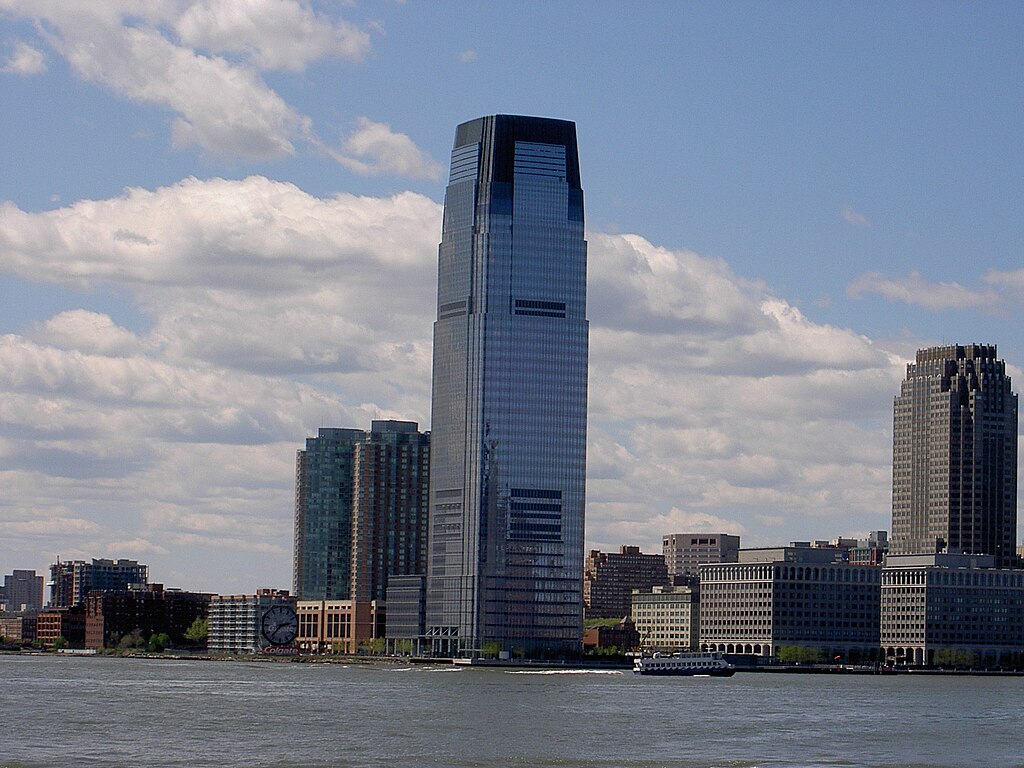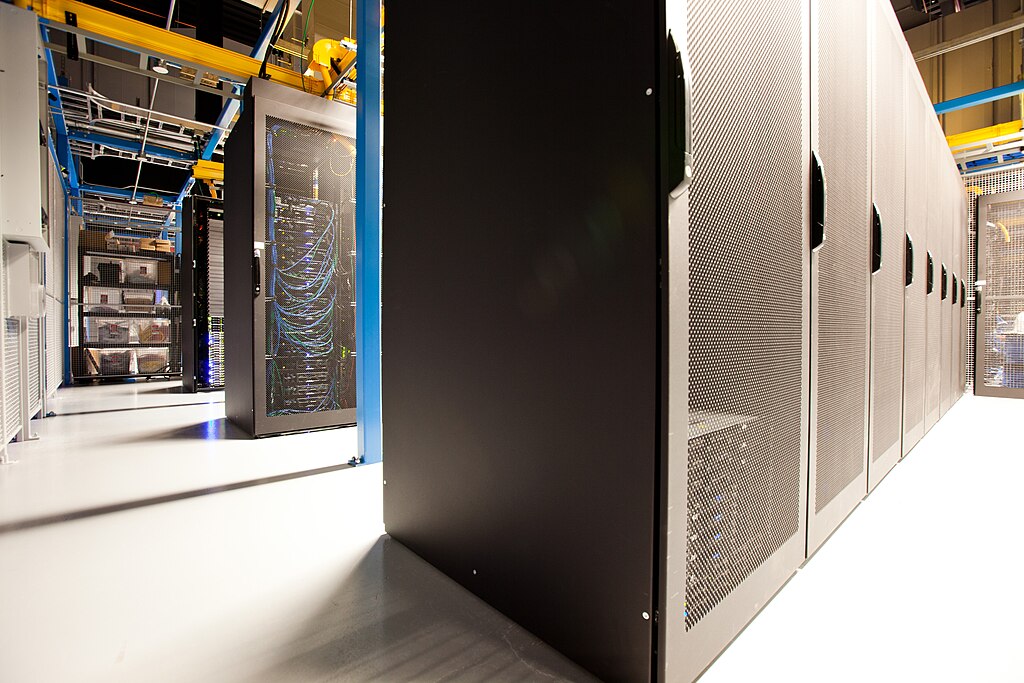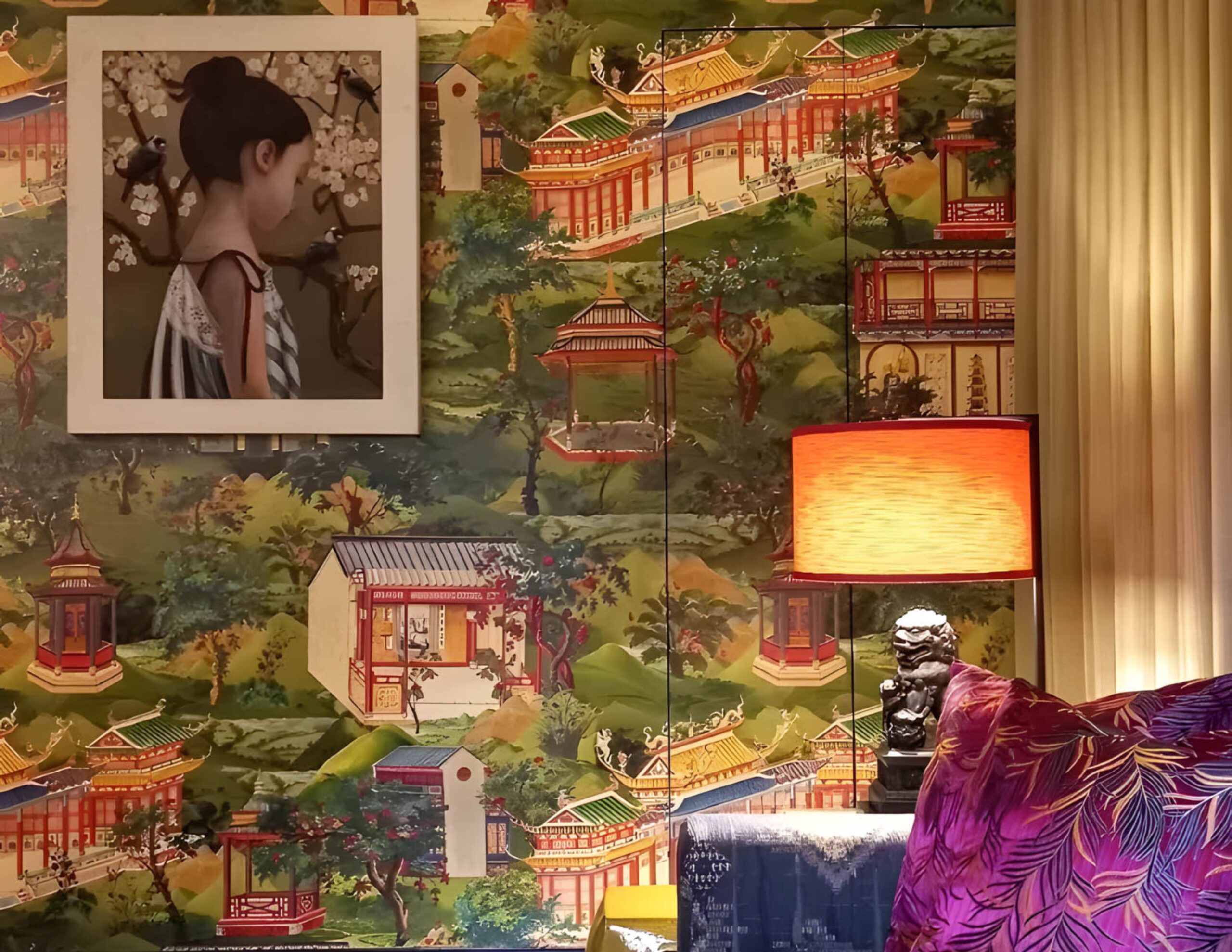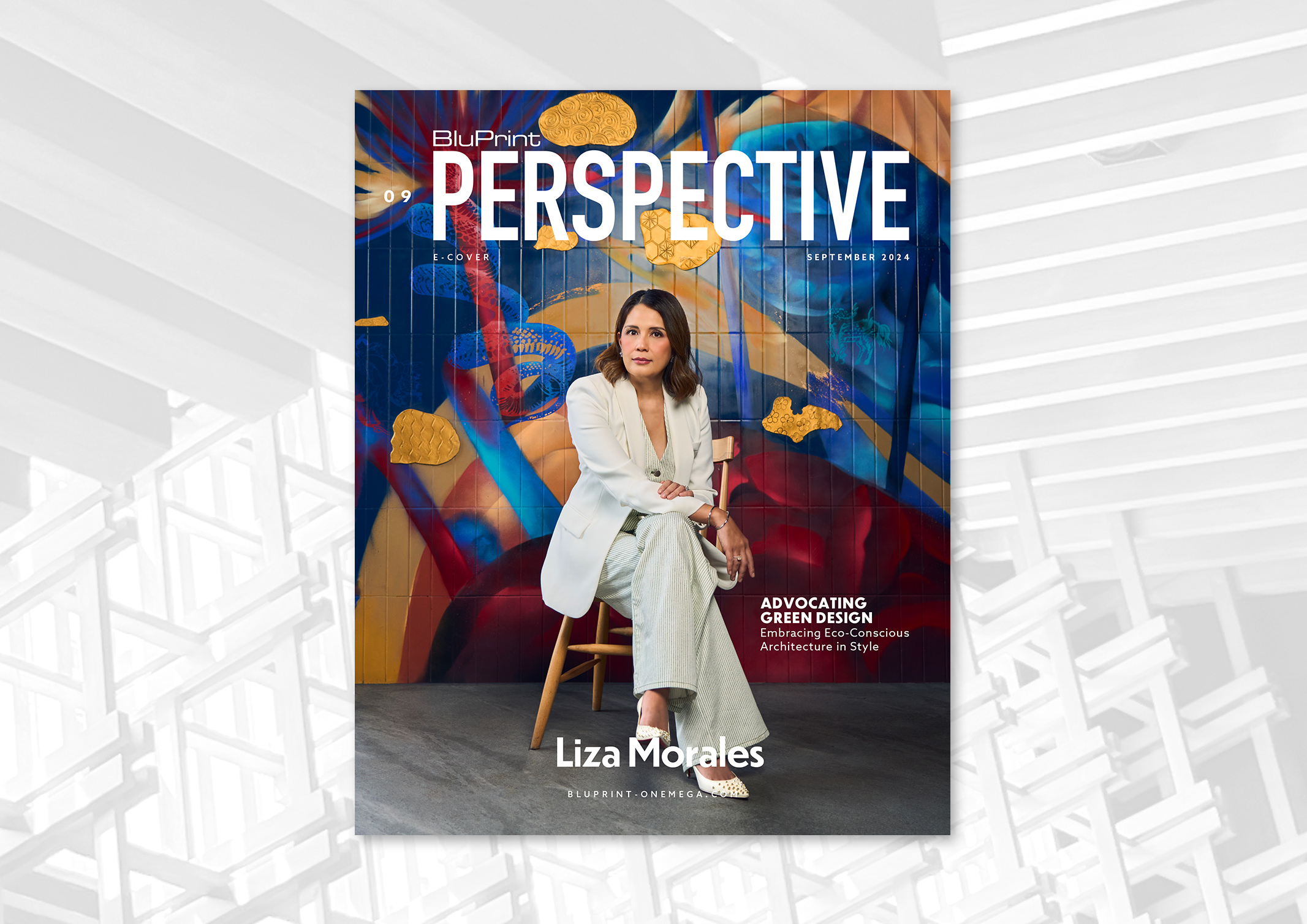Through materiality, a structure can express its values and personality. CEO and Founder of Nippon Hasha group of companies, Ryan Cruz, acknowledges that each of his brands have a distinct personality in which he wishes to express in the dining experience. Restaurants such as Kazunori, Mendokoro, Yushoken and Marudori each have a level of distinction […]

New Goldman Sachs Report Question Profitability of Generative AI
A new report from investment bank Goldman Sachs raises doubt on the profitability of generative AI. It details the belief that the technology’s cost-benefit analysis is uneven as it has high barrier walls for progression whilst giving minimal increases in productivity in the present and near-future.
The company newsletter, entitled “Gen AI: Too Much Spend, Too Little Benefit?,” emerges as the first pessimistic account of artificial intelligence from an investment perspective, as the company worries about the massive spending on the technology with little to show for it.
The newsletter points out different factors that should drive pessimism with investors. Among them is AI’s power usage, the current monopoly of viable chips to one company, potential future shortages, and a lack of a “killer application” that could allow for mass adoption for businesses.
What’s the Use Case?
Head of Global Equity Research Jim Covello gave the most compelling—and pessimistic—dissection of generative AI’s future in business. He primarily harped on two factors against AI: the high cost, and the lack of use cases in business close to two years after OpenAI’s public debut of ChatGPT .
He believes that investors are currently too complacent about how dramatic the drop of costs will be for necessary components like power and graphics processing units (GPU) in the future. Currently, he questions whether costs for GPUs and other chips can be brought down. He also points out that it is currently more expensive to replace humans with AI, and only for a marginal efficiency boost.

In real dollar terms, the biggest beneficiary of the AI boom has been NVIDIA. Its stock worth has increased to $3 trillion, fueled mostly by other companies seeking out its technology for their own AI programs.
“Currently, AI has shown the most promise in making existing processes—like coding—more efficient, although estimates of even these efficiency improvements have declined, and the cost of utilizing the technology to solve tasks is much higher than existing methods. For example, we’ve found that AI can update historical data in our company models more quickly than doing so manually, but at six times the cost,” he said.
Is its Use Case Too Limited?
Fields like health care and architecture found limited amount of use cases for generative AI. These largely stem from its ability to recognize and distinguish patterns from specific data sets. BluPrint itself covered how architects have been able to utilize the technology for concept and design generation.
The Royal Institute of British Architects recognized that some architects were feeding old designs to machines in order to generate new ideas for clients. They saw the technology as something to augment the work of architects rather than replace it.
“What AI is good at is making connections and inferences that we aren’t necessarily able to, but it’s still a machine at the end of the day,” Lancaster University’s head of architecture Des Fagan said. “It’s not a storyteller yet in the way that architects can create an iterative design development that will respond to a site or a historic setting.”

In a broader scope, however, use cases continue to be limited in comparison to the cost of AI. While architects can still generate design ideas and concepts within the parameters of the prompt, the work still falls on them to make it a reality. It harkens back to Corvello’s point about the limitations of AI to replace even basic tasks that humans do in the workplace.
“Humans add the most value to complex tasks by identifying and understanding outliers and nuance in a way that it is difficult to imagine a model trained on historical data would ever be able to do,” he said.
Widespread AI Adoption?
Even then, Goldman Sachs analysts wonder about the future plans of AI and how it will change society. While OpenAI and other companies continue to push for the technology’s alleged game-changing technology, Corvello expresses doubt over it due to a lack of a comprehensive roadmap and use case from the companies themselves.
“AI bulls seem to just trust that use cases will proliferate as the technology evolves. But eighteen months after the introduction of generative AI to the world, not one truly transformative—let alone cost-effective—application has been found,” he said.
The other analysts featured in the newsletter express less pessimism over AI’s future. Even then, they also expressed the need for AI to prove its worth, and believe that it might take decades for any payoff to happen for the technology. Issues like AI hallucinations or giving false information to users also put widespread adoption into question.
“[Several] notable issues at the application layer—such as AI chatbots ‘hallucinating’ or giving false answers to user prompts—have called into question the scalability of generative AI,” Eric Sheridan, researcher at Goldman Sachs, said.
Tech company giants like Apple or Google concede to not having a plan to reduce or remove altogether hallucinations from generative AI.
AI Today

Compared to the trillions of dollars of investments put in them, adoption rates for AI remain low for businesses. Companies like McDonald’s and Google have rolled back on their AI adoption due to strong inherent flaws in the systems used. Others are being sued for alleged bias within the systems, with many calling for safeguards and regulations on the technology.
“Technological breakthroughs are always possible, although even such breakthroughs take time to have real impact. But even my more conservative estimates of productivity gains may turn out to be too large if AI models prove less successful in improving upon more complex tasks,” professor Daron Acemoglu said.
Related reading: Artists Pivot to Cara as Anti-AI Sentiment Grows Among Artists








